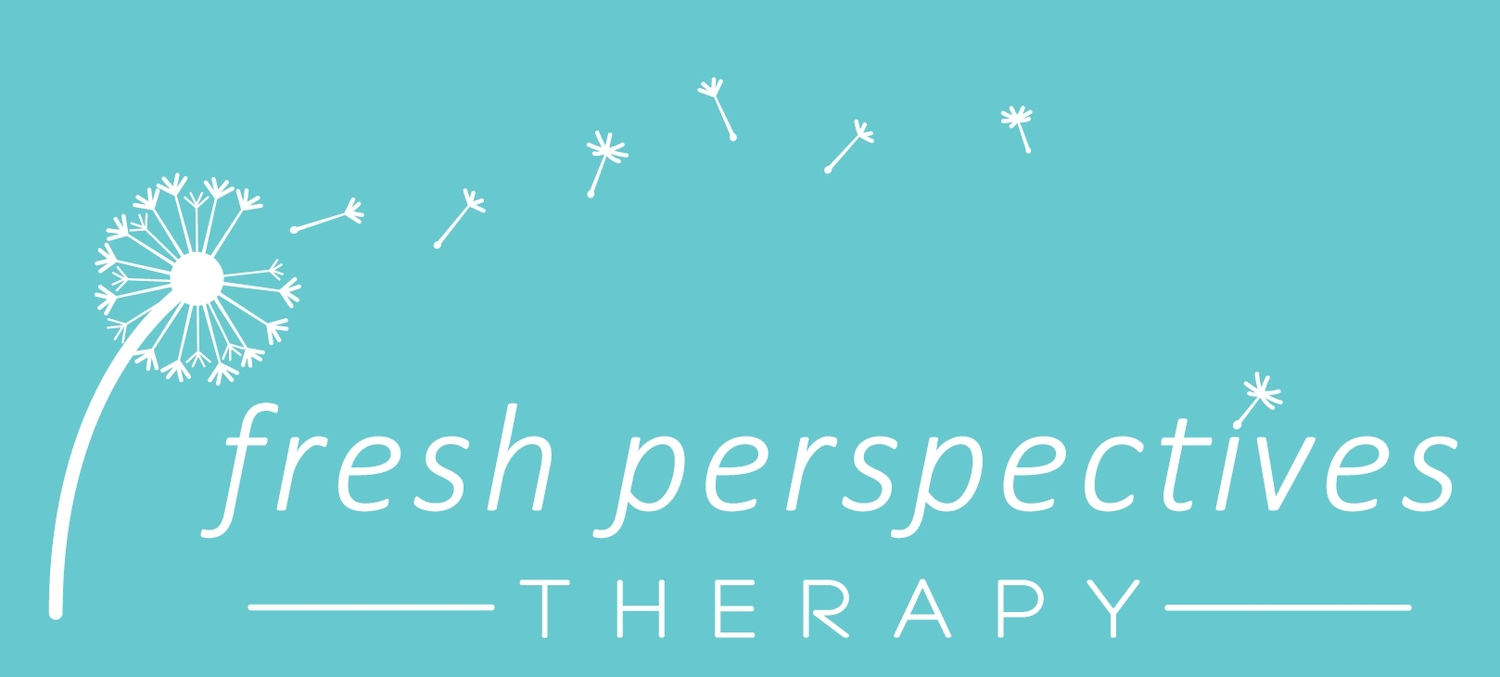Emotional Support Animals (ESAs) are becoming increasingly more common, but a lot of people still seem to be unsure about what they are, how and if they differ from Service Animals, and the benefits they bring to their owners. So let’s clear some of this up!
An Emotional Support Animal provides a therapeutic benefit to individuals with emotional or psychological “disabilities”. This can include people diagnosed with depressive disorders, anxiety or panic disorders, post-traumatic stress disorder, and more by a licensed mental health provider.
This means you’re looking for a counselor, therapist, psychologist, or psychiatrist with some of these letters after their names:
- LMHC (Licensed Mental Health Counselor)
- LPC (Licensed Professional Counselor)
- LMFT (Licensed Marriage & Family Therapist)
- LCSW (Licensed Clinical Social Worker)
- PsyD (Doctorate of Psychology)
- PhD (Doctorate degree in psychology or other related field)
- MD (Doctor of Medicine, specializing in psychiatry)
How Are ESAs Different From Service Animals?
Here are some of the differences between ESAs and Service Animals:
ADA Approved Service Animals
- As of 2011 only dogs are recognized as Service Animals under the Americans with Disabilities Act (ADA) **Separate ADA regulations exist for miniature horses as service animals.
- Individually trained (not necessarily professionally) to perform tasks for people with disabilities. These tasks are directly related to the person's disability
- Protected by ADA, FHAA, and the ACAA
- Are allowed access to apartments, airplanes, AND public spaces, such as restaurants, movie theaters, and stores where other animals are not usually permitted, as long as it doesn't pose a direct threat to public health & safety.
Emotional Support Animals (ESAs)
- No specific species: ESAs can be a cat, dog, or other species of animal
- Not specifically trained to perform certain tasks
- Protected by the Fair Housing Amendment Act (FHAA) and the Air Carrier Access Act (ACAA)
- Allowed access only to apartments (even those with no-pet or breed/weigh discriminatory policies) and on airplanes with necessary documentation
Here are some similarities of ESAs and Service Animals
- Not required to wear a vest or other identifying accessories
- Must be able to behave appropriately in public
- Can be any breed of dog (remember Service Animals are just dogs, ESAs can be other species)
One of the biggest differences between what qualifies as an Emotional Support Animal and a Service Animal is how they are trained. If an animal is specifically trained to sense a panic or anxiety attack and take action to avoid or de-escalate it, then that animal would qualify under the ADA as a Service Animal. This is because the animal is trained to perform a task (stop or decrease intensity of the oncoming anxiety or panic attack) that is directly related to the disability (anxiety or panic disorder, in this case).
What Benefits Do ESAs Provide?
ESAs can simply be an animal companion to their human with an emotional or psychological disability. The ESA’s presence provides the owner with emotional support, which helps them function more effectively in their homes and while traveling.
Additionally, ESAs can be used in Animal Assisted Therapy or as part of other psychotherapeutic or medical treatments.
ESAs & Housing
- A housing provider’s “no-pet policy” does not apply to ESAs.
- Other animals in the residence who are not designated ESAs are subject to this kind of policy.
- Breed and/or weight discriminatory policies do not apply to an ESA.
- Pet deposits and fees required by a housing provider do not apply to ESAs.
- Waiving policies, fees, and deposits for an ESA is considered a reasonable accommodation and requires documentation from one of those professionals mentioned earlier.
- The housing provider CANNOT ask for details about your disability, only that one exists for you and the animal provides emotional support
- You can still be charged fees for any damage caused by the animal
- If your animal is not housebroken or is not behaving appropriately in common areas, you can be asked to find more private routes in and out of your building
- Allergies are not a reason for a “reasonable request for accommodation” to be denied. For cases of other residents with severe allergies, housing providers will work to limit interaction between the person with a severe allergy and the person with an ESA.
ESAs & Air Carriers
- An airline’s size or breed restrictions for pets do not apply to ESAs UNLESS they are too large or heavy to be accommodated in the cabin according to animal health and safety regulations.
- Airlines are not required to permit snakes, rodents, spiders, reptiles, or ferrets.
- Airlines can require specific documentation (dated within 1 year) and/or 48 hours notice for ESAs
- Keep in mind, the protections from the ACAA only apply to U.S. airlines. Foreign airlines do not have to comply with the ACAA and may have different laws or regulations.
How Can My Animal Become an ESA?
Despite many sites popping up claiming to help you “register” your animal as an ESA, there is no official registry for this. Beware of these kinds of sites.
If you believe you believe symptoms you’re experiencing align with a psychological or emotional disorder and want your pet as an ESA:
- Find a licensed therapist, counselor, or psychiatrist qualified to make that kind of diagnosis and provide the help you need
- Look for someone experienced in documentation for ESAs
- After establishing the therapeutic relationship and determining your symptoms do align with a psychological disorder, ask your provider for documentation for your housing provider or airline to request a reasonable accommodation from them.
If you are not flying with your animal and do not have extra fees or limitations related to having your animal in your residence, it is unlikely you will need any documentation and can continue receiving the emotional support you receive from your animal!
Sources:
- https://www.ada.gov/service_animals_2010.htm
- https://www.ada.gov/regs2010/service_animal_qa.html
- https://www.transportation.gov
- https://www.transportation.gov/sites/dot.gov/files/docs/AirTravel_with_ServiceAnimals-Digital_Brochure_0.pdf



